By David Parmenter

Accountants need to be great communicators to fulfil their role successfully. Gone are the days when reports could simply be drafted without consideration of the reader’s needs. Reports should focus on how to best get the message across. What are the salient points? Where can this report add value to the readers understanding? And how can I deliver this report on a better practice time frame?
I have written a toolkit that looks at all aspects of reporting from weekly, ad hoc, monthly management and Board reporting. I have included HR reporting as accountants are increasingly being asked to assist in this area. See ten samples of the templates below.
Many management reports are not a management tool they are merely memorandums of information. As a management tool, management reports should encourage timely action in the right direction, and report on those activities to the Board, management and staff that they need to focus on. The old adage “what gets measured gets done” still holds true.
Management reporting as a management tool needs to be a combination of monthly and daily/weekly reporting. It is of little help to tell senior management team that the horse has bolted halfway through the following month. If management are told immediately “the barn door has been left open”, most will soon remember to “close it”.
In summary reporting as a management tool needs to:
| Action focused | encourage action to take place, on a timely basis, in the right direction |
| Timely | be a combination of daily/weekly/monthly reporting |
| be prompt – 3 working days is better practice, 5 working days is a minimum requirement | |
| Consistent, concise and error free | be consistent – between months, judgement calls, maintain format |
| be presented in a true and fair view | |
| be error free | |
| be concise – less than 9 pages for a month-end finance report | |
| be a merging of numbers, graphs and comments on the one page |
Lean one page reporting chapter from my best selling book “The financial Controller and CFO’s Toolkit’ which will give an example of the the material available from the toolkit.
The Contents page of the toolkit.
- Background………………………………………………………………. 3
- Designing and drafting your one page reports……………………….. 4
2.1. Designing graphs by following Stephen Few……………………….. 4
2.2. Designing dashboards………………………………………………… 8
- Better practice month-end reporting formats………………………. 16
3.1. Issuing a flash report by close of play Day+1……………………. 16
3.2. Standard month-end reports……………………………………….. 17
3.3. Cashflow reports…………………………………………………….. 23
3.4. Capex reports………………………………………………………… 25
3.5. Treasury graphs……………………………………………………… 27
- Modifications to month-end reporting……………………………….. 28
4.1. The impact of the lean methodology on traditional reporting….. 28
4.2. The Toyota A3 investment proposal……………………………….. 33
4.3. Quarterly rolling forecasting / planning…………………………… 35
4.4. Reporting against a recent forecast rather than a budget………. 35
4.5. Reporting the strategic objectives/ risks/ costs pressures……… 37
4.6. Monthly reporting on HR so management become interested….. 40
- Board reporting better practices……………………………………… 43
5.1. Scoping of the information requests………………………………. 43
5.2. Continually purging the Board papers…………………………….. 43
5.3. A one-page Board dashboard………………………………………. 44
5.4. Paperless Board Meeting……………………………………………. 44
5.5. Reporting summary progress to the Board……………………….. 49
- Reporting to improve performance…………………………………… 52
6.1. Getting your KPIs to work………………………………………….. 52
6.2. The four types of performance measures…………………………. 52
6.3. Unintended behaviour – the dark side of measures……………… 56
6.4. Reporting the KPIs to management and staff…………………….. 57
6.5. Reporting RIs and PIs to management……………………………. 59
6.6. Reporting team performance measures…………………………… 62
6.7. How the reporting of performance measures fits together……… 63
6.8. Daily / weekly reporting formats…………………………………… 64
6.9. Making your project reports decision based………………………. 68
- Improving quality of your reporting………………………………….. 71
7.1. Getting your presentations pursausive……………………………. 71
7.2. Planning what you want to say…………………………………….. 71
7.3. Quality assurance reporting processes……………………………. 72
7.4. Limiting the use of Excel in reporting……………………………… 74
7.5. Investing in 21st century reporting software……………………… 76
- Writer’s biography……………………………………………………… 77
Appendix 1 Report samples………………………………………………….. 78
Appendix 2 Delivering compelling PowerPoint presentations…………….. 80

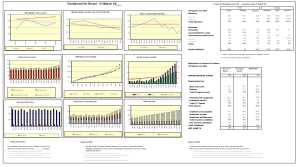
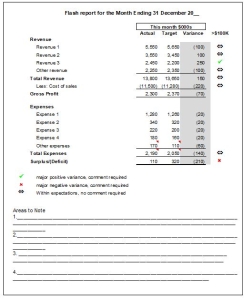
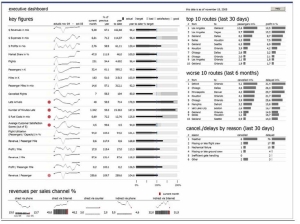
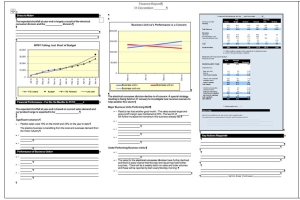
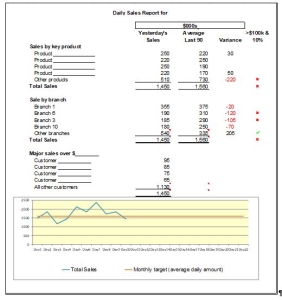
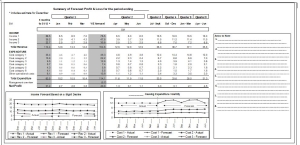

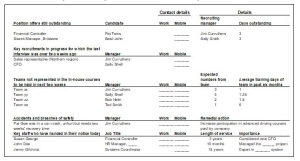
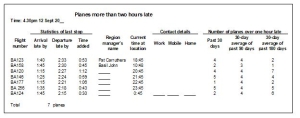
Next steps
Look inside the reporting toolkit
Buy the Reporting Informatively with One-Page Templates – Toolkit (Whitepaper + e-templates)
